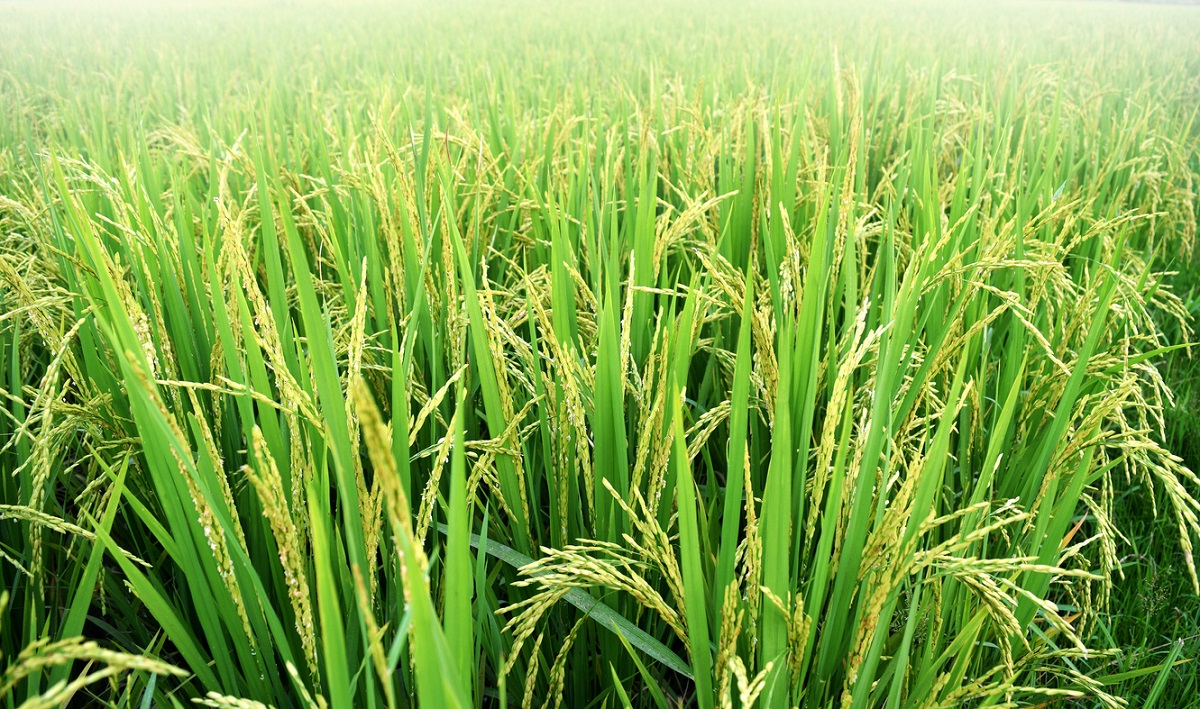
Analysis of Root Systems Genes Helps Identify Candidate Genes for Water Stress Adaptation in Rice
February 23, 2022| |
A genome-wide expression analysis of rice root tips from two varieties helped scientists identify candidate genes for water stress adaptation. The two varieties reacted differently to water stress, providing more options for candidate genes potentially involved in root system architecture modification to be investigated further.
A team of scientists from Iran and Australia analyzed the transcriptome response of rice root tips to water stress using IR64 and Azucena varieties. IR64, a high-yielding lowland variety, was chosen to represent a drought-susceptible and shallow-rooting genotype. On the other hand, Azucena is a traditional upland variety and represented a drought-tolerant, deep-rooting genotype. Samples from three root zones were collected from each variety at 35 days which were first subjected to water stress for 14 days.
Phenotypically, the scientists found that Azucena avoided water stress through enhancing growth and root exploration to access water, while IR64 had a shallow root system that mainly relied on cell insulation and an antioxidant system to resist stress. Detailed analyses of the transcriptome responses of the three root tip zones from the two contrasting varieties enabled the scientists to identify several differentially expressed genes and differential pathways related to root systems architecture and water stress adaptation. They found that several members of gene families such as NAC, AP2/ERF, AUX/IAA, EXPANSIN, WRKY, and MYB were key players in root systems architecture and drought adaptation, while HSP and HSF gene families were important in oxidative stress inhibition. The number of novel root system architecture and drought-associated genes that the scientists were able to identify can help other research programs to investigate their potential to enhance drought tolerance adaptation in rice.
To find out more about the study, read the article published by Frontiers in Plant Science.
| |
You might also like:
- Rice Gene OsNAC5 Contributes to Drought Tolerance Through Lignin Buildup in Roots
- Filipino Scientist Identifies Gene to Help Rice Plants Survive Drought
- Indonesian Scientists Identify Novel Gene To Develop Aluminum-Tolerant Rice
Biotech Updates is a weekly newsletter of ISAAA, a not-for-profit organization. It is distributed for free to over 22,000 subscribers worldwide to inform them about the key developments in biosciences, especially in biotechnology. Your support will help us in our mission to feed the world with knowledge. You can help by donating as little as $10.
-
See more articles:
-
News from Around the World
- Entomologist Shares Impact of Bt Brinjal in Bangladesh
- Nebraska-led Project to Empower Youth on Agricultural and Scientific Innovations
- GE Cotton Could Help Improve Food Security
- Scientists Create CROPSR, A Tool to Accelerate Genetic Discoveries
- Researchers Develop Plants with Improved Oxylipin Production Using Transgenic Techniques
- Rothamsted Research Scientists Engineer Plant to Replace Fossil Fuels as Source of Key Industrial Compounds
-
Research Highlights
- Biosafety Evaluation Concludes GM Cotton Not Harmful to Rats
- Analysis of Root Systems Genes Helps Identify Candidate Genes for Water Stress Adaptation in Rice
-
Read the latest: - Biotech Updates (December 17, 2025)
- Gene Editing Supplement (December 17, 2025)
- Gene Drive Supplement (February 22, 2023)
-
Subscribe to BU: - Share
- Tweet

